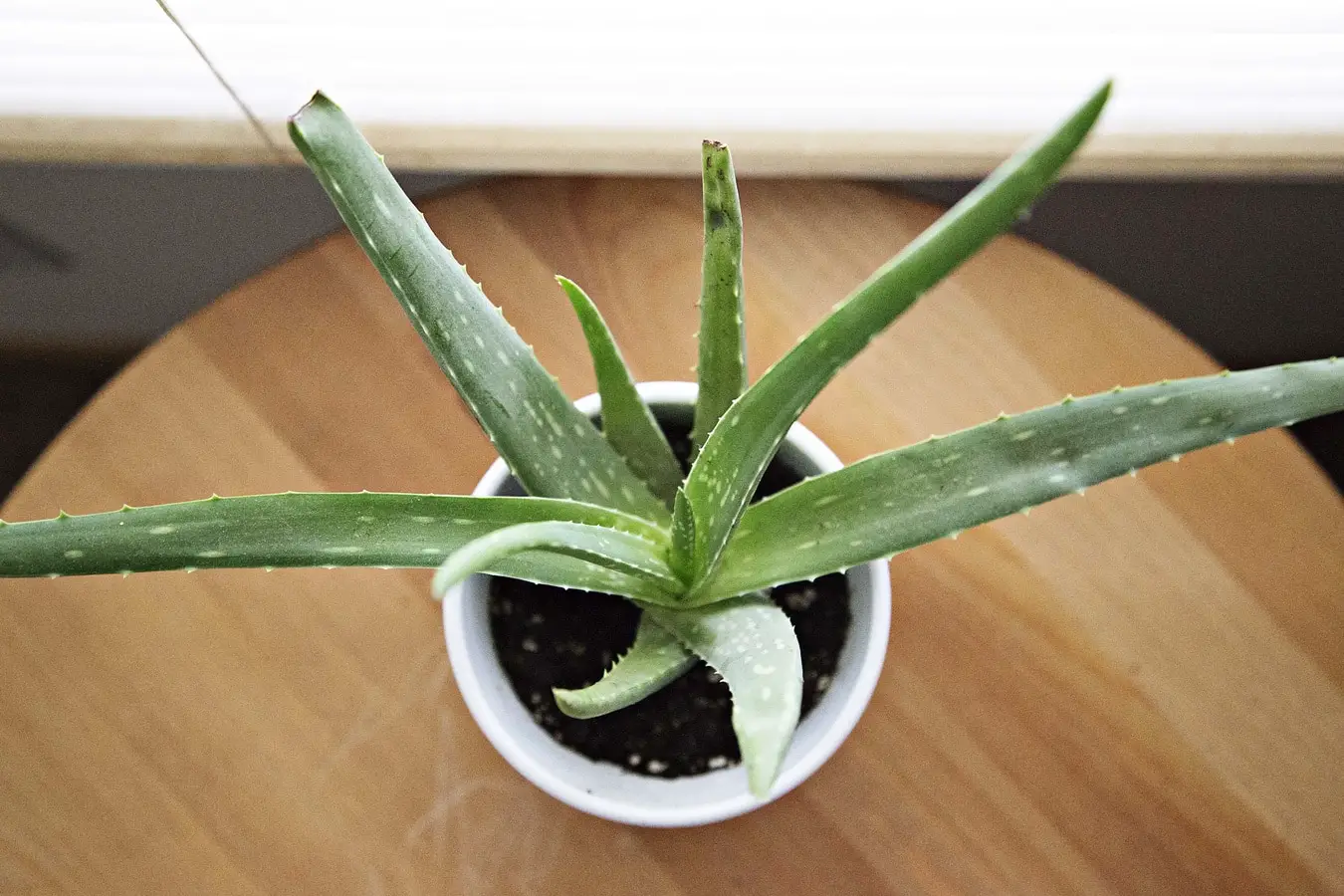

He Aloe vera it is a succulent that is easy to care for mainly because it does not need to be watered frequently. But when more water is added than is necessary, it begins to have a hard time: first the roots, and then the leaves; and if, on the contrary, we let the earth remain dry for too long, we will also see that it affects it enough to the point that, if we are not careful, it could fall victim to some pests such as mealybugs.
That’s why, the irrigation of Aloe vera it has to be done welltaking into account the season of the year in which we find ourselves and, above all, the humidity of the earth or substrate in which it is growing.
When do you have to water Aloe vera the sage?


Image – Wikimedia Commons/David J. Stang
The aloe vera or aloe vera is a crass originating from Arabia, specifically, from the semi-arid regions. This means that It is a plant that will tolerate maximum temperatures of up to 45ºC (as long as it is punctual), but it needs to receive water with some regularity.. It will withstand dry periods of several weeks if we plant it in the garden, but if we choose to have it in a pot, we will have no choice but to provide it with water more frequently than if we had it in the ground.
I don’t think it’s appropriate to say “you have to add X liters of water to your Aloe vera every X days”, because irrigation is not something mathematical. There are factors that influence a lot, and that must be taken into account when knowing when to water it, such as: the location, the climate, and if it is in a pot or in the ground.
But I do like to advise the following: if you have doubts about when you should water it, check if the soil is dry or humid. You can do this with a plastic or wooden stick. You only have to introduce it into the earth, and then take it out. As you do this, check to see if it is dry (in which case you will need to water) or if it is damp.
It is also important to know that during the summer you will have to water more frequently than during the cold months. The reason for this is because the soil takes less time to dry out during the warm months than it does in the fall or winter. Also, if it rains more in autumn, for example, than in summer, you will have to water it much less than during the summer season.
How to water aloe vera?
From above, from below?… I recommend watering the plants always in the following way: pouring the water directly on the ground. But also, you have to pour until it is well soaked. If the aloe is in a pot, we will pour it until it comes out through the drainage holes.
In addition, it is very, very important that it is watered when the sun is already low on the horizonsince if it is watered at noon for example, and more in summer, the earth will dry out quickly and the roots will not be able to take advantage of the water.
What kind of water to use for irrigation of aloe vera?


The most suitable water for watering any type of plant, and of course aloe vera, is pure and clean rainwater. But since it doesn’t rain the same in all places, sometimes it’s time to use another type of water to irrigate, like these:
- Tap water: only if it is suitable for human consumption.
- Bottled water: It is the best alternative in case of not having rainwater.
- Distilled water: on rare occasions, since it has almost no nutrients and with this we would only “wet” the earth, and we would not hydrate the aloe. It can be interesting if it is combined with a fertilizer or liquid fertilizer for succulents; Of course, think about always following the instructions for use of said product, since otherwise an overdose would burn the roots.
How to know if the aloe vera is being watered a lot, or a little?
To finish, we are going to review the symptoms of excess and lack of irrigation of our plant. We will start talking about the first ones: when we water more, the soil looks and feels very wet and heavy; if we take the pot, we immediately notice that it weighs a lot; Otherwise, the leaves will look mushy (even rotten at worst) and mold may develop.
If, on the contrary, what happens is that is dying of thirst, the earth will look dry and, if we take the pot, it will weigh little. In extreme cases the leaves can lose their firmness, and attract opportunistic insects such as mealybugs.


Related article:
Aloe vera care
To do? Well, If we have overwatered, what we will do is take the plant out of the pot or from the ground, remove the soil, and apply fungicide. Then, we left it at home that night, in a dry place, and the next day we planted it in a new pot with holes in its base.
On the other hand, if you are thirsty, we will simply have to water consciously. And in the event that it has pests, we recommend treating it with diatomaceous earth.
I hope that now you know how the watering of the Aloe vera.
